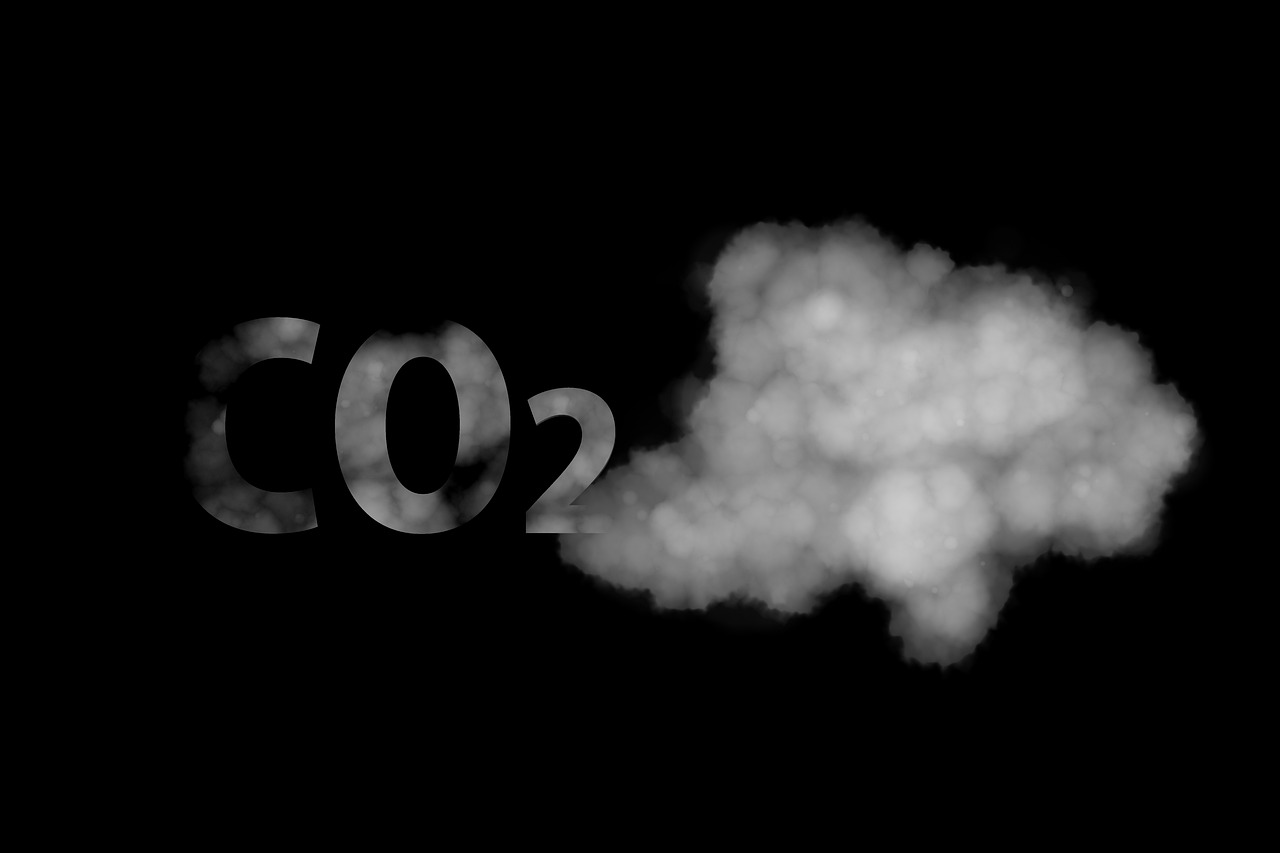Copenhagen – To capture CO2 from flue gases, most technologies use a lot of energy. Biotechnology offers the possibility to do that much more efficiently. For example, the Danish biotech company Novonesis, together with the Italian company Saipem, developed a process that can remove CO2 using enzymes that work perfectly well with the waste heat from power plants, for example.
Capturing huge amounts of carbon dioxide is seen as one of the main solutions against climate change. Several large projects are underway in Europe to capture CO2 and then store it underground on a large scale, for example in empty gas fields under the North Sea. Carbon Capture and Storage (CCS) appears for the moment to be the most effective method for large-scale CO2 storage.
In addition, even more elegant routes are being developed. After all, CO2 contains valuable carbon. For example, it can be reacted with hydrogen to produce methanol. The first plants are already being built for this purpose. For example by a consortium around Liquid Wind in Sweden. CO2 can also be used in the soft drink industry. And with the use of bacteria, CO2 can even be a raw material for the production of high-quality protein. Leader in this field is the Finnish company Solar Foods, which is already building the first industrial plant for this purpose near Helsinki. Thus, many new industrial chains may emerge.
Residual heat
It is important however, that all steps in these new chains be designed as efficiently as possible. Many processes for capturing CO2 are currently being developed. According to Lars Kiemer, Head of Technology Deployment at Novonesis, most existing techniques use a lot of energy. ‘When capturing CO2 from a power plant, the additional energy required can be up to thirty percent. This is because those techniques work at higher temperatures. Think 120 degrees Celsius.’
Power plants as well as many chemical plants have waste heat with a lower temperature between 80 and 100 degrees. Not usable by the industry itself. In some cases that heat is reused in heat networks and several companies are thinking of upgrading the heat industrial heat pumps. However, in many cases this heat is lost by cooling in cooling towers, amongstothers.
Purity
Novonesis and Saipem developed an enzymatic process for capturing CO2 that works fine at 80 degrees Celsius. Kiemer: ‘The enzymes work as a catalyst. By leading the flue gases through a liquid containing these enzymes, they first ensure that flue gases other than CO2 leave the liquid in gaseous form. Then, under new conditions, those same enzymes ensure that the CO2 also leaves the liquid and can be captured.’
Production of the necessary enzymes is not cheap, but because they can be used over and over again, the costs are not too high. All the more so if residual heat can be deployed. According to Kiemer, this makes this technique easily cheaper than existing, and other techniques still under development. It also uses no toxic chemicals, no treatment of waste water is needed, and the flue gas does not have to be purified beforehand. Like many other methods, the enzymatic captures about 90 percent of the CO2 and the purity of the gas is above 99.95 percent.
Biotech Trail Europe
Novonesis is one of the hosts of Biotech Trail Europe (Bite24). In recent years Industryandenergy.eu have been on the road for the Hydrogen Trail Europe (Hyte22) and the Electro Trail Europe (Electe23). Along innovative industrial projects in Europe (see also the compilation film ????). In summer 2024 it’s time for industrial biotechnology. What are the steps now being taken in European industry in the area of biotechnology? And how do these steps fit into the broad transformation of industry? Follow Bite24 on Linkedin.


